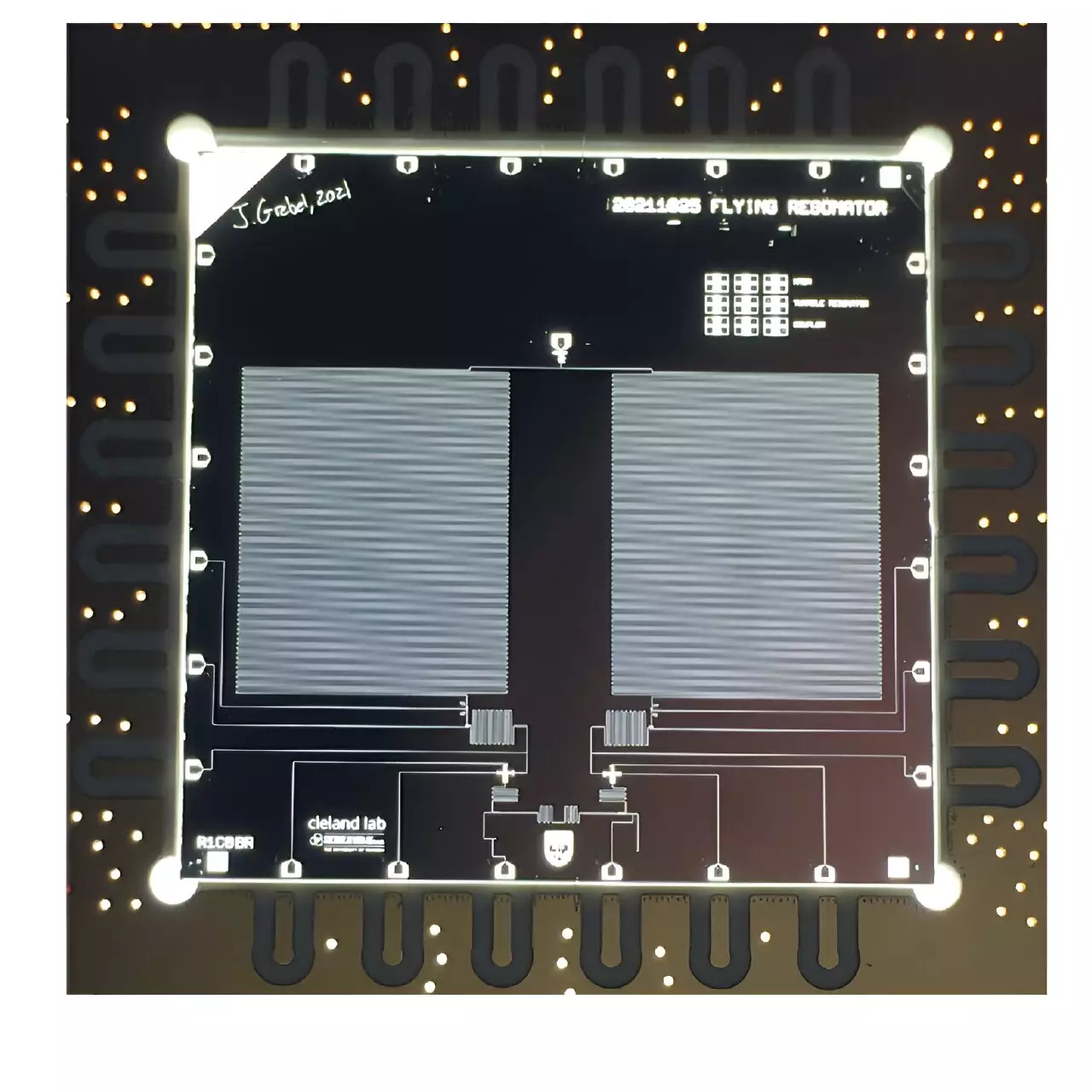Over the past few decades, quantum physicists and engineers have made significant strides in developing new and reliable quantum communication systems. These systems are crucial for advancing the field of quantum computing and evaluating communication protocols. In a recent study published in Physical Review Letters, researchers at the University of Chicago introduced a groundbreaking quantum communication testbed with remote superconducting nodes. This testbed demonstrated bidirectional multiphoton communication and could revolutionize the efficient communication of complex quantum states in superconducting circuits.
One of the primary goals of the researchers at the University of Chicago was to develop superconducting qubits for modular quantum computing and create a quantum communication testbed. These systems rely on the coherent communication of quantum states between qubit ‘nodes’ connected through a sparse communication network, typically a single physical transmission line. The team built upon previous research papers published in Nature Physics and Nature to achieve this goal.
The researchers aimed to send complex quantum states representing multiple qubits simultaneously, rather than sending them one qubit at a time. To achieve this, they used resonators, devices known for exhibiting electrical resonance. Resonators have an infinite number of quantum levels, allowing them to store complex states that encode multiple qubits’ worth of data. By leveraging resonators to send and receive data, the researchers could increase the available bandwidth and enhance quantum communication.
The experimental setup involved two superconducting qubits, each connected to a tunable superconducting resonator. These resonators were then connected to a 2m-long transmission line through a variable coupler. One qubit was used to program different quantum states into its companion resonator. By turning on the coupling of the resonator to the transmission line, the quantum state was released into the transmission line and transmitted as a set of entangled mobile photons. These photons were then caught by the other resonator using the reverse process, and the received state was analyzed using its qubit. The system achieved bidirectional transmission equally well.
The designed system allowed for the bidirectional transmission of single microwave frequency photons. Furthermore, it enabled the simultaneous transmission of a two-photon Fock state |2⟩ in one direction and a one-photon Fock state |1⟩ in the opposite direction. Additionally, the system could transmit superposed photon Fock states |0⟩+|1⟩ and |0⟩+|2⟩ separately. The researchers demonstrated the generation of N00N states, which represent entanglement between the two resonators. This included the generation of the entangled state |10⟩+|01⟩ with one photon shared between the resonators and the state |20⟩+|02⟩ with two photons shared in the same way.
This new quantum communication testbed has the potential to drive further advancements in the field. Firstly, it could be used to realize distributed computing, where each node in a circuit performs computations and efficiently communicates results to another node. Additionally, the testbed could demonstrate systems in which two nodes share a complex state, and each performs distinct manipulations on this state. The platform could also be utilized for quantum communication, enabling the transmission of coded quantum information of varying complexities in a single transfer.
The advancements made by the researchers at the University of Chicago in developing a quantum communication testbed with remote superconducting nodes are highly significant. Their experiments and results showcase the potential for highly efficient communication of complex quantum states between two nodes. This research opens up new possibilities for quantum communication in various fields, including quantum computing, distributed computing, and coded quantum information transmission. With continued research and development, quantum communication systems could play a vital role in the future of communication and information processing.


Leave a Reply